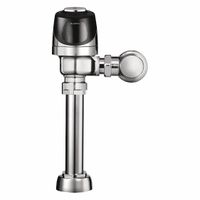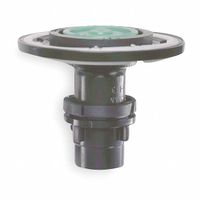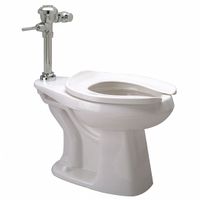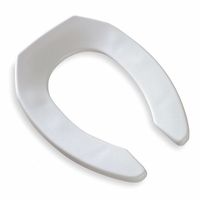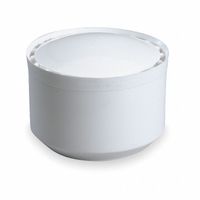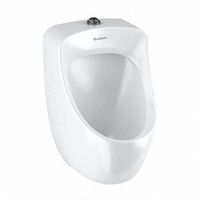Toilets, Urinals & Repair Parts
Toilets and urinals remove waste to help maintain sanitary conditions within a building. They include residential and commercial models as well as specialty models for prisons and mental-health facilities. Toilet fixtures (such as tankless toilets, gravity-tank toilets, and pressure-assist toilets) .....Read More
Frequently Asked Questions
What are the different types of toilets and urinals available?
How do tankless toilets work?
What is the difference between gravity-tank and pressure-assist toilets?
How do waterless urinals function?
What are the benefits of using a macerating toilet?
How do you maintain and clean a portable toilet?
What are common toilet repair parts and their functions?
How do you fix a leaking toilet?
What are the best practices for maintaining sanitary conditions in restrooms?
How do you choose the right toilet or urinal for a commercial building?
